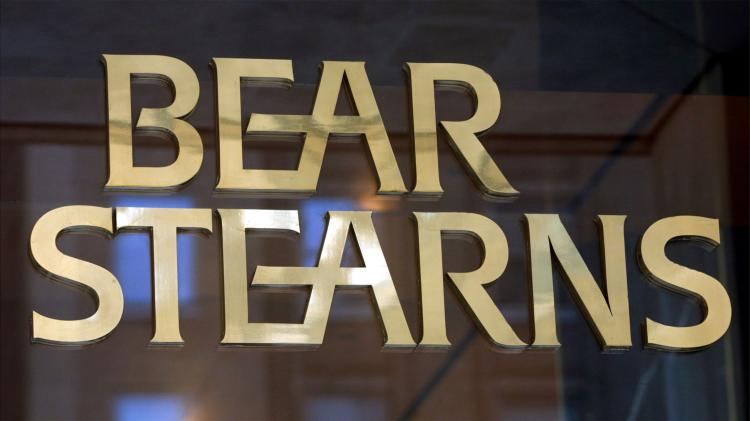In addition to TARP, the Federal Reserve Bank of New York created three limited liability corporations to bail out Bear Stearns and American International Group (AIG). The companies – Maiden Lane, Maiden Lane II, and Maiden Lane III – were all named after the street adjacent to the New York Fed.
The first Maiden Lane was focused on helping JP Morgan Chase & Co. merge with Bear Stearns by assuming the latter’s troubled mortgage-related assets, which totaled about $30 billion. By summer of 2012, the LLC had repaid its original loan amount with interest.
The other two LLCs, ML II and ML III, were related to AIG’s severe liquidity crisis that had resulted from selling credit default swaps. According to ProPublica, AIG received about $180 billion in aid from the Treasury Department and Federal Reserve.
The interesting thing about the AIG bailout is that it wasn’t very kind to the company. Here’s how New York Times business writer Andrew Ross Sorkin described it recently:
When the Federal Reserve propped up A.I.G. in September 2008, unlike its approach with most of the big banks, it threw out the company’s chief executive and took control of 79.9 percent of the company, nearly wiping out many of its shareholders. Taxpayers got all of their money back, and then some, receiving a profit of more than $20 billion.
Sorkin was commenting on a federal judge’s ruling last week that the government’s actions were illegal and “draconian.” In Sorkin’s words, Judge Thomas Wheeler “suggested taxpayers should have offered AIG a more generous deal.”
But Wheeler also ruled that former AIG CEO Maurice Greenberg is not due any damages because “if the government had done nothing, the shareholders would have been left with 100 percent of nothing.” Which establishes an interesting precedent that could affect how the federal government responds to future crises like AIG’s, although just how that might play out remains to be seen.
